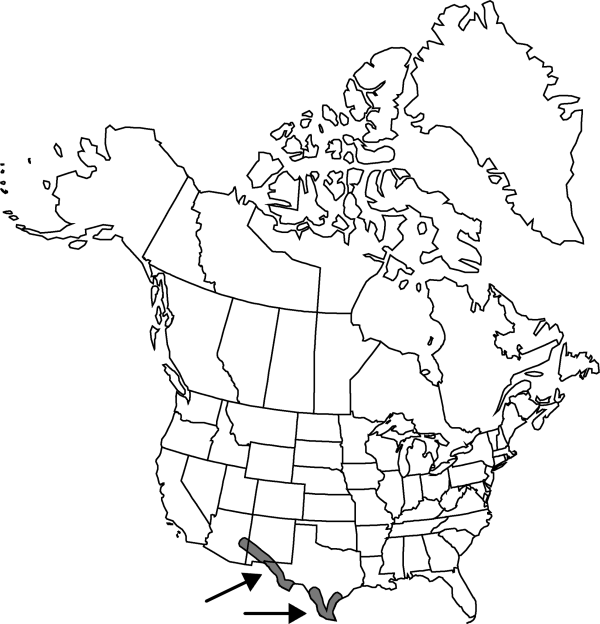Atriplex acanthocarpa
Proc. Amer. Acad. Arts 9: 117. 1874.
Shrubs or subshrubs, dioecious, evergreen, mainly 2–10 × 4–10+ dm, woody especially basally, unarmed; branchlets obtusely angled to subterete. Leaves persistent, proximal ones opposite, becoming alternate distally, short petiolate or subsessile; blade oblong to oblong-lanceolate, ovate, obovate, or spatulate, 12–40 (–50) × 5–25 mm, base commonly subhastate to cuneate, margin entire or sinuate-dentate to strongly undulate-crisped, apex acute. Staminate flowers in interrupted or crowded glomerules 2–4.5 mm thick, in sparsely leafy paniculate spikes to 5+ dm. Pistillate flowers few to solitary, in axillary clusters or in crowded or interrupted, often leafy, erect, branched spicate racemes or racemose-panicles to 25+ cm. Fruiting bracteoles on slender or stout stipes (2–) 4–20 mm (or sessile), body broadly elliptic to globose, 6–15 mm and wide, spongy, united to the linear apex, margin deeply laciniate, faces appendaged with flattened to hornlike tubercles to 8 mm. Seeds brown, 1.5–2 mm.
Distribution

Ariz., N.Mex., Tex., n Mexico
Discussion
Varieties 2 (2 in the flora).
Selected References
None.
Key
| 1 | Leaf blade ovate to rhombic-ovate, elliptic, or spatulate, margin mainly sinuate-dentate; mature fruiting inflorescences ascending to erect; west Texas, s New Mexico, se Arizona | Atriplex acanthocarpa var. acanthocarpa |
| 1 | Leaf blade, at least some, hastate-lanceolate, or strongly undulate-crisped; mature fruiting inflorescences mainly horizontally spreading; s Texas, Mexico | Atriplex acanthocarpa var. coahuilensis |
"wide" is not a number."dm" is not declared as a valid unit of measurement for this property."dm" is not declared as a valid unit of measurement for this property.